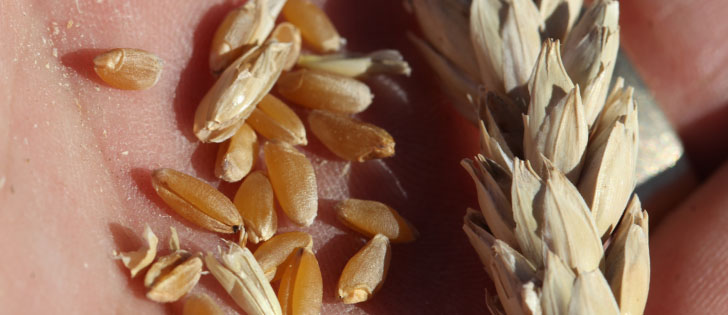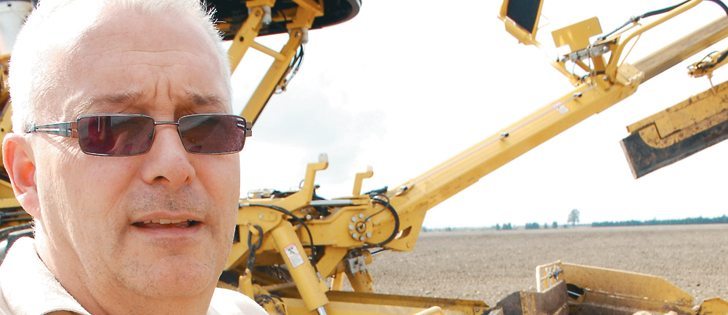Kelly Winder hasn’t gathered enough data on small-scale wind turbines to go public with the results, aside from one inescapable conclusion.
“If you are doing this strictly to make money, purely for an economic return, don’t do it,” said the Saskatchewan Research Council engineer.
“The economics are marginal at best. There are much better ways to invest money.”
However, he said there are also plenty of good reasons for farmers to install wind turbines on their operations.
Read Also

New Alberta funding for program hopes to further unlock agritourism industry in province
Alberta Farm Fresh Producers Association is launching a new initiative thanks to $300,000 of provincial funding to bolster Alberta’s smaller scale family farms and agritourism sector.
Some people do it for environmental reasons by contributing to the power grid from a renewable resource.
Others want to tinker with a big toy or be noticed for personal or professional reasons.
“There are some people who want a flag pole up that their neighbours can see,” Winder said.
“If you’re a business, there’s not many better ways to get people to stop at your place and ask questions than by sticking up a wind turbine.”
He estimated that the average installed cost is approximately $6 per watt, which means a 10 kilowatt turbine would cost about $60,000. Landowners install one to 40 kilowatt turbines, producing an average of 6.5 kilowatts.
SaskPower has received 171 applications for its net metering program, which allows customers to offset their electrical bills with environmentally friendly electricity that they produce themselves. Of those projects, 142 are for wind projects, the bulk of which are on farms and acreages.
The Saskatchewan Research Council is offering a grant of up to 35 percent of total eligible costs to a maximum of $35,000 to consumers using the net metering program. Winder has received 74 applications for the grant program, which expires March 31, 2011.
Farmers who want to participate in the program should have a foundation in the ground by the end of November 2010. They should also make investment decisions by this summer because it takes a minimum of four months to move from the application stage to an operational turbine.
In exchange for the grant money, landowners are required to provide SRC with their utility records for 18 months before and 10 years after installation of the approved equipment.
Winder said the data will be used to determine the costs of wind energy and how it affects the electrical grid. The SRC plans to release an in-depth study of a few installations at the end of March.
The net metering program isn’t the only way farmers can participate in the province’s growing wind energy sector. They can also receive lease money for hosting one of the larger turbines that will be built as part of SaskPower’s plan to more than double its wind power production.
Last fall, the utility announced it would add 200 megawatts of wind power to the 172 megawatts already on its system and another 25 megawatts that is coming into service in 2011. Wind will make up 8.5 percent of SaskPower’s total power generation by the end of the expansion program.
The plan is to buy 175 megawatts of power from one or two large wind farms that will be operational between 2013 and 2015 and another 25 megawatts from three or more smaller wind farms.
Brian Mohr, SaskPower’s manager of sustainable supply development, said the large turbines will be concentrated in a few locations because it is more efficient than scattering the large turbines throughout the province.
“For farmers that happen to own the land in the area for the projects that have been selected, it’s good news,” Mohr said.
Those farmers will be compensated at market rates for the land that needs to be leased to build the towers. There will also be access leases to provide maintenance on the turbines.
However, the wind power expansion project won’t involve a lot of producers and it won’t take up much land because one and two megawatts towers are only three to four metres in diameter.
“The net metering program is probably the best opportunity for farmers to get involved in wind power,” Mohr said.















